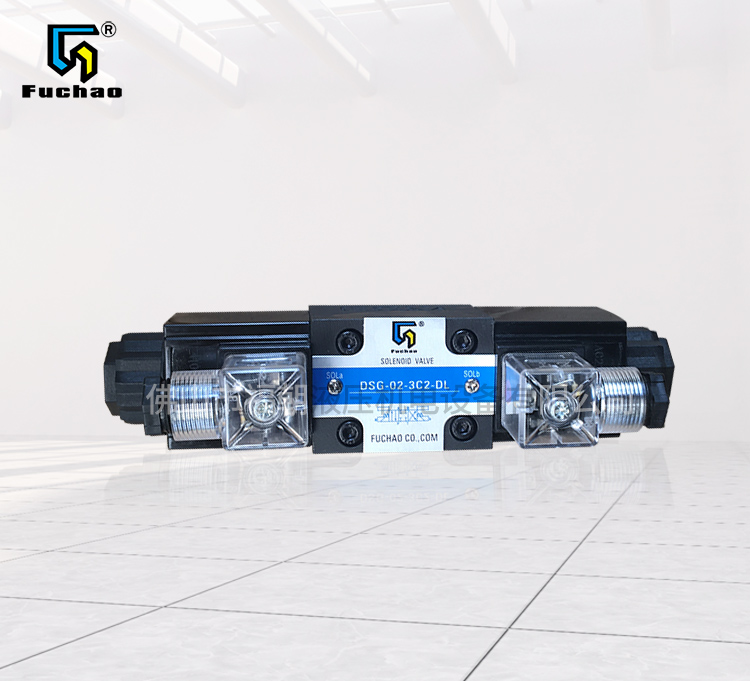
Oil cylinder manufacturer Hydraulic system Significance and precautions of cleaning
The primary condition for the normal operation of the hydraulic system is that the interior of the system must be kept clean, so the cleaning of the hydraulic system is imperative. Before the operation of new equipment, or after an equipment is overhauled, it is inevitable that the hydraulic system will suffer from external pollution, which may be brought into the hydraulic system during the installation of hoses, pipes, pipe joints and other parts. Even new fluids can contain some unexpected contaminants. Measures must be taken to filter out pollutants as soon as possible, otherwise faults may occur soon after the equipment is put into operation, and early faults are often very serious, and some components, such as pumps and motors, may be fatally damaged.
The purpose of system flushing is to eliminate or reduce the early failure of equipment to a maximum extent. The goal of flushing is to improve the cleanliness of the oil, keep the cleanliness of the system oil within the pollution tolerance of the key hydraulic components in the system, so as to ensure the working reliability of the hydraulic system and the service life of the components.
Pay attention to:
(1) The oil tank shall be sealed to reduce the chance of particles in the field air entering the oil tank;
(2) When flushing oil is added to the phase oil tank, a refueling trolley with a filter shall be used to filter the pollutants in the barreled oil;
(3) When replacing the filter element, stop flushing the pump, and be careful not to bring impurities;
(4) Evacuation and blowdown shall be carried out regularly to ensure that the system is full and gas and pollutants are discharged in time.
(5) In the early stage of flushing, water evaporation in the oil is very important, and there should be a window for steam escaping on the flushing oil tank.
(6) After the flushing is qualified, pay attention to the protection of the flushing oil and pipeline before use to prevent pollutants from entering the hydraulic system.



